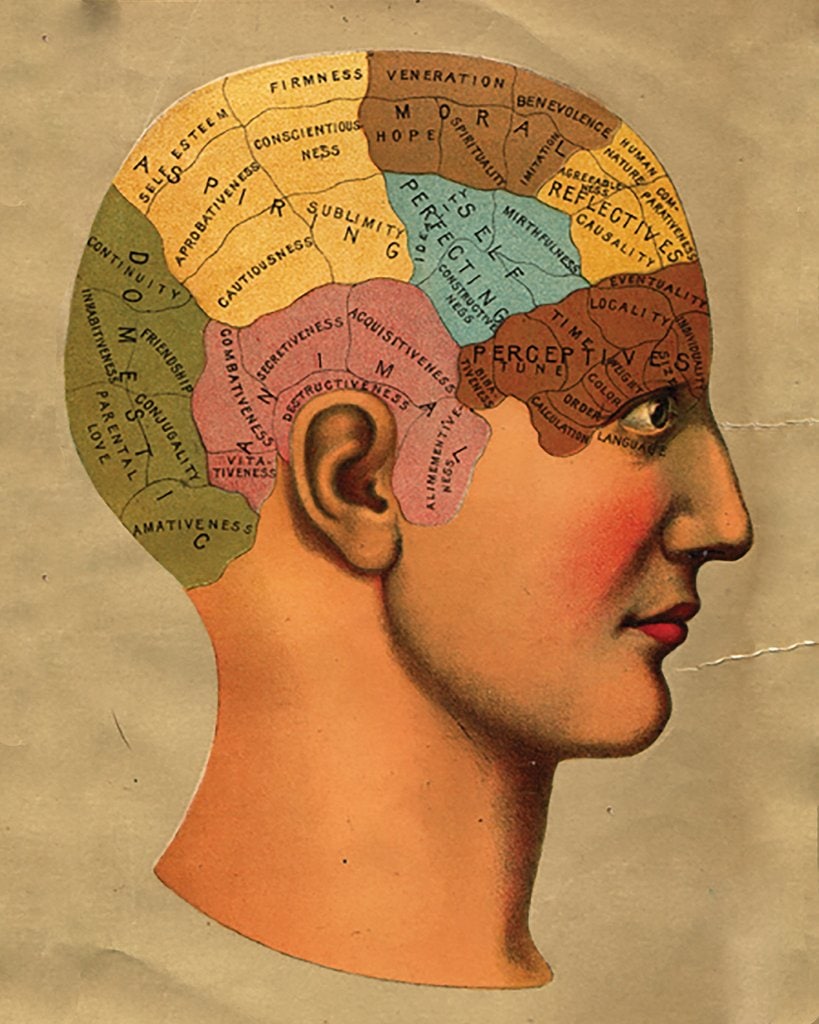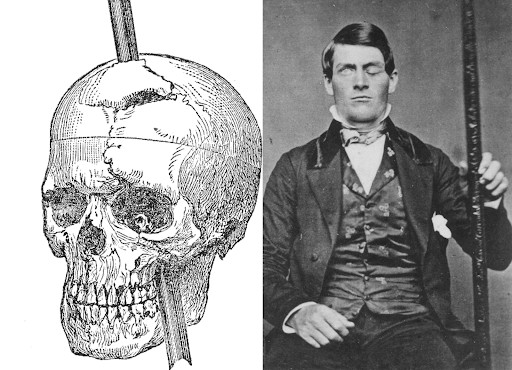Have Scientists Discovered the Engine of Consciousness?
Where does consciousness originate? If you remember the Victorian phrenology heads of old, turns out, based on new research, they may have been close to right.

Victorian Phrenology
The ancient Egyptians and early Greeks thought that the source of our consciousness and thoughts was the heart. Hippocrates and his followers were the ones who changed the seat of thoughts and consciousness to the soft mushy organ in our head. The big question was how it was organized.
The idea of phrenology began in the late 1700’s that the brain was made of numerous organs. Each of these was linked to a specific quality like benevolence, aspiration, or morality. These concepts started a bit of a craze with phrenological societies all over the world. All of this was also tied, strangely, to the shape of the head.
Modern Medical Concepts-Phineas P. Gage

Our understanding of the function of the brain all changed one day when a railroad worker got in the way of a blast that launched an iron tamping rod through his skull. Because he survived (which was a rarity back then), physicians at the time got to see what the destroyed parts of the brain actually did.
So what happened? This is what his physician wrote, “The balance between his “intellectual faculties and animal propensities” seemed gone. He could not stick to plans, uttered “the grossest profanity” and showed “little deference for his fellows.” This was the first time that physicians could associate brain trauma and personality change.
The New Research
Researchers studied monkeys under anesthesia. They wanted to know if there was one part of the brain where consciousness lived. Maybe there was no one part and consciousness lived in many parts? Maybe consciousness is only present when all parts of the brain are acting in unison?
The scientists placed electrodes in various parts of the brain while the monkeys slept. Basically, they zapped various areas of the brain to see what happened. When the central lateral thalamus was stimulated, the monkeys woke up through the anesthesia. They could respond normally despite the anesthesia in their system. When the stimulation stopped, the monkeys went back to sleep.
What Does This All Mean?
First, the fact that there was one area of the brain in the thalamus that controlled consciousness harks back to Victorian phrenology. Many neuroscientists would have thought that many integrated areas of the brain would be involved and they still may be. However, if this discovery holds into human trials, treating the central lateral thalamus with electrical stimulation may help treat things like severe depression, coma, or other disorders.
The upshot? Maybe the Victorians were right? Not about the shape of the head thing, but the fact that the seat of consciousness in the brain has an exact location. We’re sure to find out in the next few years.

NOTE: This blog post provides general information to help the reader better understand regenerative medicine, musculoskeletal health, and related subjects. All content provided in this blog, website, or any linked materials, including text, graphics, images, patient profiles, outcomes, and information, are not intended and should not be considered or used as a substitute for medical advice, diagnosis, or treatment. Please always consult with a professional and certified healthcare provider to discuss if a treatment is right for you.
